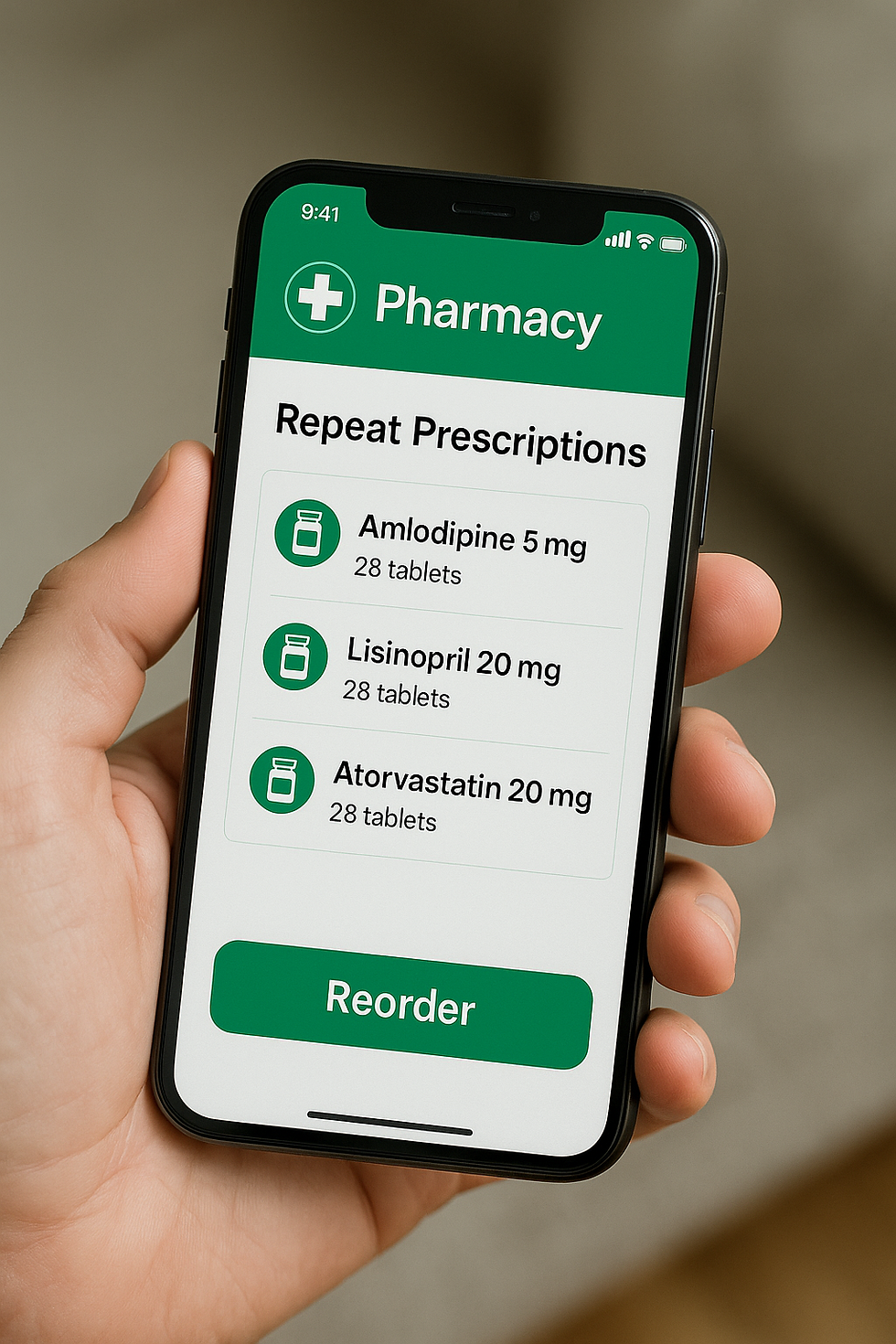How Digital Tools Are Transforming Pharmacy Workload Prioritisation
- Kyle

- Mar 20
- 2 min read
Hospital pharmacy teams manage complex medication workflows daily, ensuring that prescribing, supply, and administration align with best practices and patient safety standards. With ever-increasing pressures, effective workload prioritisation is key. Fortunately, Electronic Prescribing and Medicines Administration (EPMA) systems provide real-time data and automation to help pharmacists focus on the most clinically significant tasks first.

1. The Pharmacy Tracking Board: A High-Level Overview
One of the most valuable digital tools for pharmacy teams is the Tracking Board, which provides a quick, real-time snapshot of:
Patients without a completed Medicines Reconciliation
Ensuring pharmacists identify newly admitted patients needing review.
High priority patients
Such as those on critical medications or with complex polypharmacy.
Patients due for a medication review
Supporting proactive clinical interventions.
Discharge TTO (To Take Out) medications requiring a clinical check
Helping ensure timely and accurate discharges.
This visibility enables pharmacists to prioritise their workload dynamically, ensuring that high-risk tasks are completed first.
2. Targeted Patient Lists for Therapeutic Drug Monitoring (TDM)
Certain medications, such as antimicrobials, lithium, and anticoagulants, require therapeutic drug monitoring (TDM) to prevent toxicity or underdosing. Custom patient lists within EPMA allow pharmacy teams to:
✅ Identify patients with active TDM medication orders.
✅ Monitor when drug level results are due or have been recorded.
✅ Ensure appropriate dose adjustments are made based on lab results.
Having a dedicated TDM patient list ensures pharmacists intervene at the right time, reducing risks associated with delayed or inaccurate dosing.
3. Reviewing Medication Supply Requests
In busy hospital settings, ensuring timely medication supply is crucial for continuity of care. Pharmacy teams can access EPMA-driven patient lists that highlight:
Outstanding medication supply requests from nurses.
Urgent requests for non-stock or restricted medications.
Pending requests requiring pharmacist intervention before dispensing.
These digital lists streamline pharmacy workflows, reducing supply delays and improving overall efficiency.
4. BI Reports for Clinical Checking & Administration Monitoring
Data-driven insights play an essential role in workload prioritisation. Business Intelligence (BI) reports extracted from EPMA systems help pharmacy teams monitor:
Medications Awaiting a Clinical Check
Displays a list of prescriptions pending pharmacist review, allowing prioritisation of urgent orders.
Ensures high-risk medications receive clinical scrutiny before administration.
Medications Omitted or Delayed Administration
Identifies instances where medications have not been given as prescribed.
Highlights potential risks due to missed doses, enabling rapid follow-up.
These reports support pharmacy teams in proactive intervention, ensuring that prescribing and administration issues are identified and addressed efficiently.
Conclusion: The Future of Pharmacy Workload Optimisation
With integrated digital tracking, patient lists, and BI reports, pharmacy teams can now prioritise their workload more effectively than ever before. By leveraging EPMA and analytics tools, hospitals can enhance patient safety, reduce medication errors, and improve operational efficiency.
As healthcare continues to digitise, further advancements—such as AI-driven workflow automation and predictive analytics—will further refine pharmacy workload management, ensuring patients receive the right medication, at the right time, with the right clinical oversight.




Comments